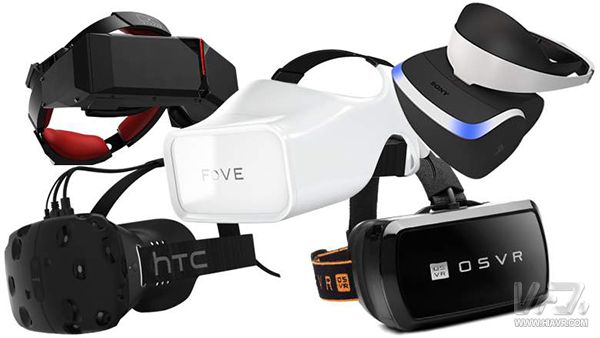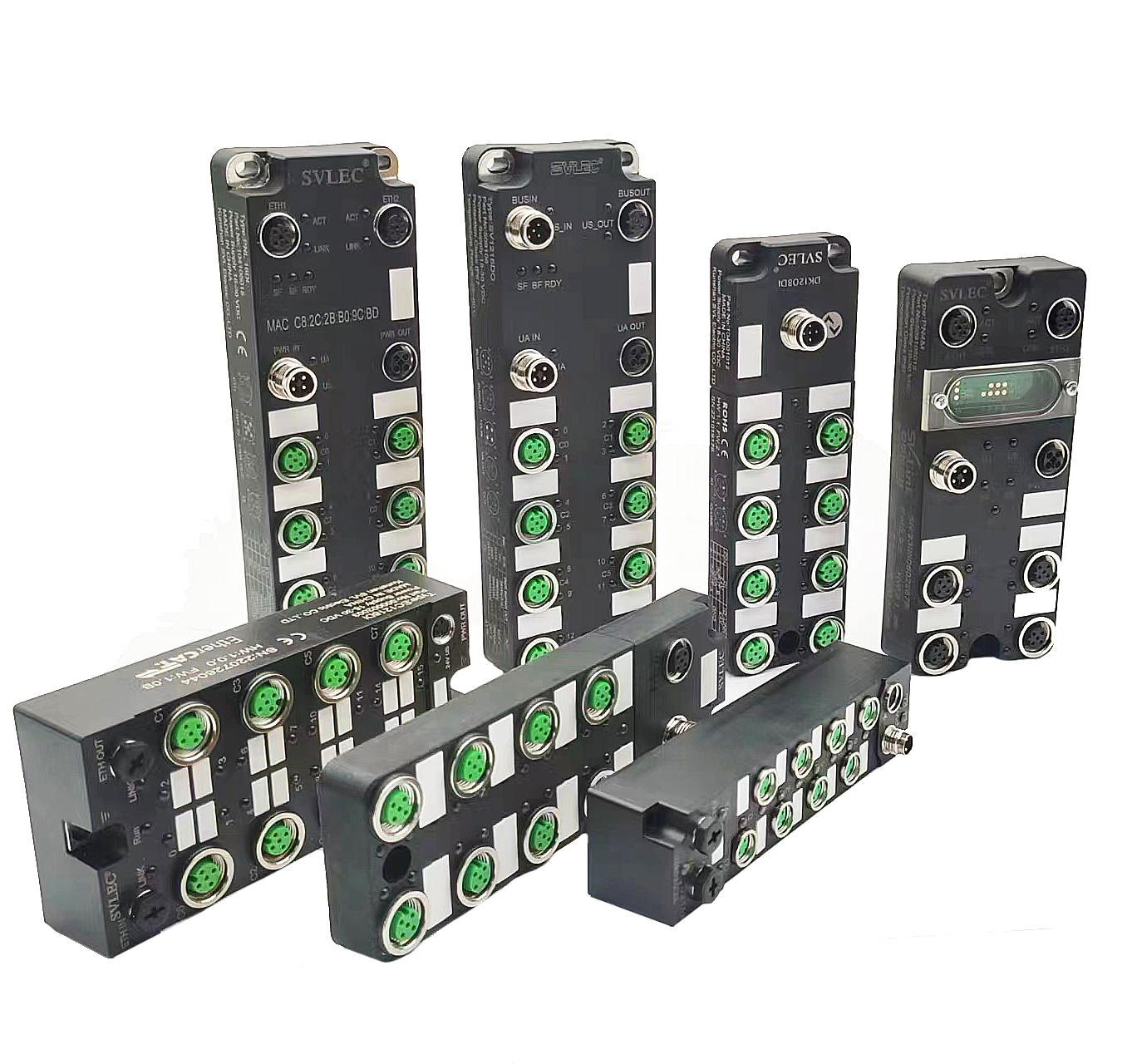
2017 wasn’t a great year for the advertising industry. A combination of budget cuts, legal challenges, and growing public skepticism about how digital ads are measured has led to a loss of confidence. Despite these issues, there's still hope on the horizon. The rise of virtual reality (VR) is opening up new possibilities for redefining engagement through "gaze control." When paired with blockchain technology, this can create a more transparent, open, and trustworthy advertising model.
What’s wrong with traditional ads? Several warning signs have emerged over time. In August, Sir Martin Sorrell of WPP, the world’s largest advertising company, announced that major consumer brands were cutting their ad budgets, which caused WPP’s stock to drop by 10%. Before that, Procter & Gamble had already reduced its digital ad spending by $100 to $140 million due to concerns about "invalid" ads related to brand safety and delivery.
Meanwhile, Uber recently filed a lawsuit against Fetch Media, claiming it wasted tens of millions on fraudulent ads that were never actually displayed or browsable. This issue was highlighted earlier in March when WPP’s research arm released a report revealing that ad fraud could cost as much as $12.48 billion—nearly 20% of global digital ad spend. These problems aren’t new, but they’ve become more visible and damaging over time.
The root of the problem lies with bad actors trying to manipulate metrics that track user interaction. As trust erodes, many companies are taking steps to adapt. Some are reducing ad spend, while others are shifting toward content-driven marketing strategies. While these changes may seem innovative, they also signal a stagnation in the industry. The rise of ad-blocking tools further shows that consumers are fed up with intrusive ads on websites and social platforms.
So, what happens next? With the emergence of VR and AR, we’re entering a new era. How will these technologies reshape the way we advertise?
Fast and diverse experiences
It’s no surprise that Google has encouraged developers to use VR prototypes to demonstrate how traditional ads can be transformed. However, this approach often feels like simply embedding old models into new tech rather than exploring what truly works in today’s environment.
We must ask: Is the current ad model even suitable for today’s digital landscape? Can VR and AR offer new ways to engage users effectively?
One of the key advantages of VR and AR is the ability to use multiple forms of media. These platforms are fully immersive and responsive to the user’s mood and behavior. Unlike traditional web browsing, users don’t click through links—they move their heads, bodies, and eyes to navigate. This process is known as “gaze control,†and it allows for faster, more intuitive interactions.
To bring ads back to life, advertisers need better ways to measure effectiveness. Current models rely on metrics like click-through rates and watch time. While these helped digital ads gain popularity, they don’t work well in VR or AR environments. Instead, “gaze control†becomes a critical metric, offering real-time insight into user attention. This could lead to more accurate and transparent ad models, where brands are only charged when a user actually engages with their content through gaze tracking.
Blockchain as an advertising platform
Another powerful tool is blockchain. By combining it with VR/AR and gaze control, we can create a new kind of advertising system. Blockchain can record data such as content ownership and user engagement, providing a secure and transparent ledger. It can also serve as the foundation for a decentralized ad trading platform, allowing all data points to be tracked and shared securely.
With VR and AR delivering unique user experiences, and blockchain ensuring transparency, brands and content creators can build a new advertising model that fits the modern digital landscape. This fusion of technologies offers a promising path forward for a more honest, effective, and engaging advertising ecosystem.
SVLEC provide IP67 rated fieldbus modules are an important component of machine and system installations. They replace complex parallel wiring, saving space in the cabinet. Due to its mechanical properties, SVLEC Metal EMC housing is designed for applications in harsh industrial environments. Nowadays SVLEC provide EtherNet IP Module , Profinet Module , EtherCat

IO-Link Module,Ethercat Module,Profinet Module,SV-Link module,Ethercat modules,CC-link Module,EtherNet IP module
Kunshan SVL Electric Co.,Ltd , https://www.svlelectric.com